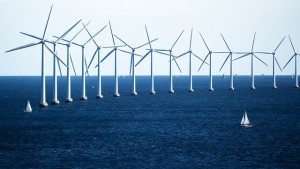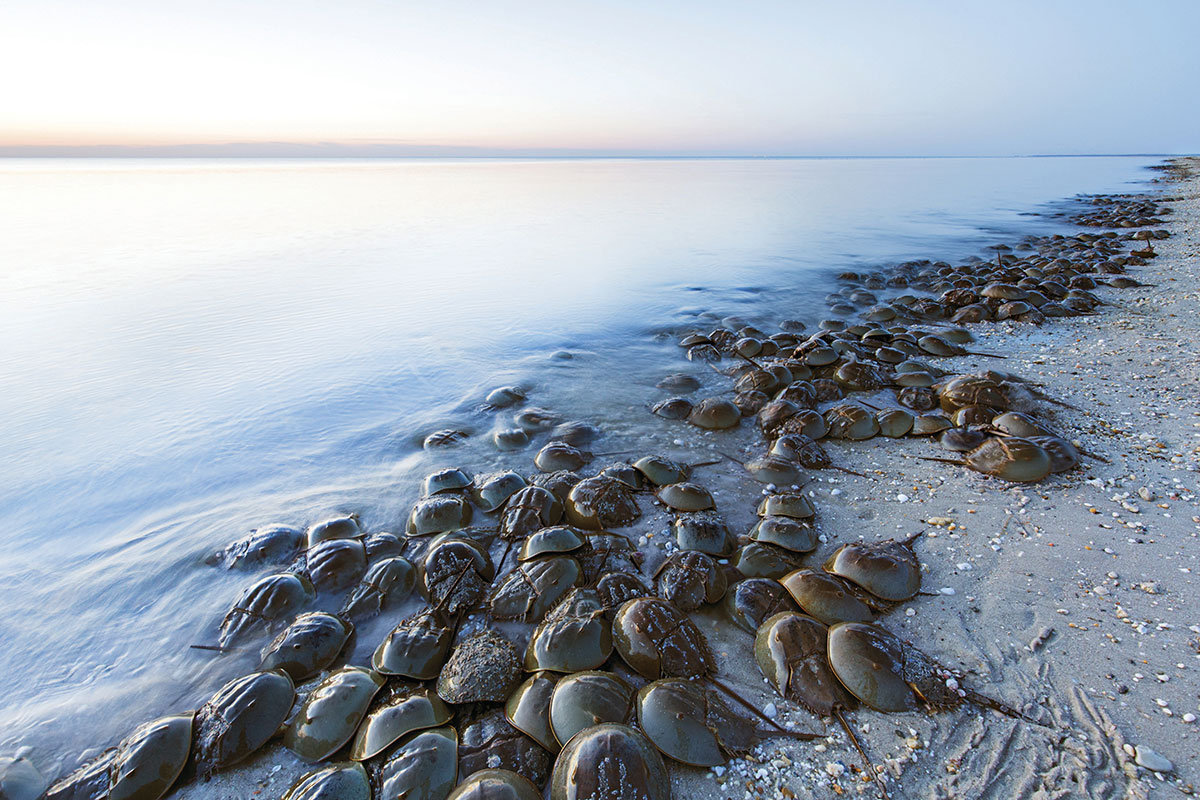
“Wind Power Now Competitive with Conventional Sources”
Where to begin? This is huge. Wind power’s biggest hurdle has always been its price tag, but last week Massachusetts utilities signed contracts to buy wind-generated electricity for less than 8 cents per kilowatt hour. Coal, by comparison, tops 10 cents. This may sound marginal, but if sticker shock is no longer part of the equation, wind power is well-poised to become a major source of New England’s electricity. Consider all the hype surrounding “cheap natural gas” these days – now consider that with these new long-term contracts, wind will be just one penny more per kilowatt hour; but unlike fossil fuels, wind is also clean, limitless, and requires no drilling, mining or fracking of our environment to access.
This is great news for New England, for the air we breathe, for wildlife and for future generations. And the most exciting part: this is only the beginning. Our leaders have heard the widespread call for price signals that accurately reflect the true costs of how we power our daily lives. Affordable wind energy marks a great stride in the right direction, and conversations throughout New England show encouraging signs that the case for clean energy is going to grow even stronger.
Last week, I attended New England’s monthly Electricity Restructuring Roundtable. Chair Ann Berwick of the Massachusetts Department of Public Utilities kicked off an impressive panel with an analogy to get us all thinking. She assured her audience that none of us would buy groceries the way we buy electricity. Would you empty your shopping cart onto a scale, and pay a price calculated by the weight of your goods? One price, across the board, Ann pressed, “the same for cat food as for caviar.” She didn’t wait for an answer. That’s how we pay for our power. Even though energy prices fluctuate throughout the day, costing more at times of high congestion, without a grid that can adjust accordingly, we pay as if all energy sources were created equal.
I will save my extended blog on the importance of improving transmission technology and modernizing America’s electric grid for another time (though if you’re interested in a one minute animated synopsis of the Smart Grid, check out this video for some context). Essentially, an overhaul of our electric grid – which a member of the panel from General Electric assured the crowd occurs gradually, and New England is well on its way – will let consumers know when their power is the cheapest and the cleanest. As we make our way along this continuum toward modernization, as the speaker characterized it, pairing our progress with an increased reliance on clean energy sources will multiply the benefits.

“Deepwater changes plan, wants to run cable to Scarborough State Beach / poll”
Deepwater Wind, a Providence-based offshore wind power company, recognizes the immense value in the wind off New England’s coast. Despite the nearly 60 offshore wind projects spinning in Europe, there is not a single full-scale turbine in American waters. Deepwater Wind wants to change that, proposing to build 5 wind turbines off the coast of Block Island, RI. The power is clean and responsible, the technology is tried and true, and the decision just keeps getting easier.
Catherine Bowes, senior manager for climate and energy at the National Wildlife Federation’s Northeast Regional Center, said today:
“Conservationists are united behind offshore wind energy, an essential step toward protecting our communities and wildlife from the dangers of climate-disrupting carbon pollution. Moving forward with clean energy like offshore wind is essential to confronting climate impacts, including superstorms like Sandy that ravaged Narragansett and the entire Northeast coast and the sea level rise speeding erosion at Block Island’s Mohegan Bluffs. It can also cut the high electricity costs on Block Island, currently powered by a polluting diesel generator.
“Offshore wind energy can and must be developed in a wildlife-friendly manner. Scientific studies show that properly locating turbines and requiring best management practices can minimize impacts on birds, bats, sea turtles and marine mammals. Deepwater Wind has demonstrated its willingness to work with conservationists to go above and beyond what’s required by law to protect endangered species like right whales.
“Southeastern New England’s coastal waters have some of the best offshore wind energy resources in the world. The technology to harvest it is ready right now, and we have workers ready to do the job. It’s time to take advantage of this golden opportunity to make our electricity supply cleaner, more wildlife-friendly and more secure.”
Show your support for New England’s clean energy progress, and Deepwater Wind’s determination to really make it happen. It is time to celebrate our great wealth of renewable energy, to harness its plenty off our Atlantic coast, and make this transition part of our legacy as a region, as a country, and as a generation.
![]() Take a moment to urge your leaders on Capitol Hill to strengthen their piece of America’s clean energy progress, and pass the Incentivizing Offshore Wind Power Act!
Take a moment to urge your leaders on Capitol Hill to strengthen their piece of America’s clean energy progress, and pass the Incentivizing Offshore Wind Power Act!
 Offshore Wind Energy
Offshore Wind Energy 

